ECOLOGY ▪ EDUCATION ▪ ADVOCACY
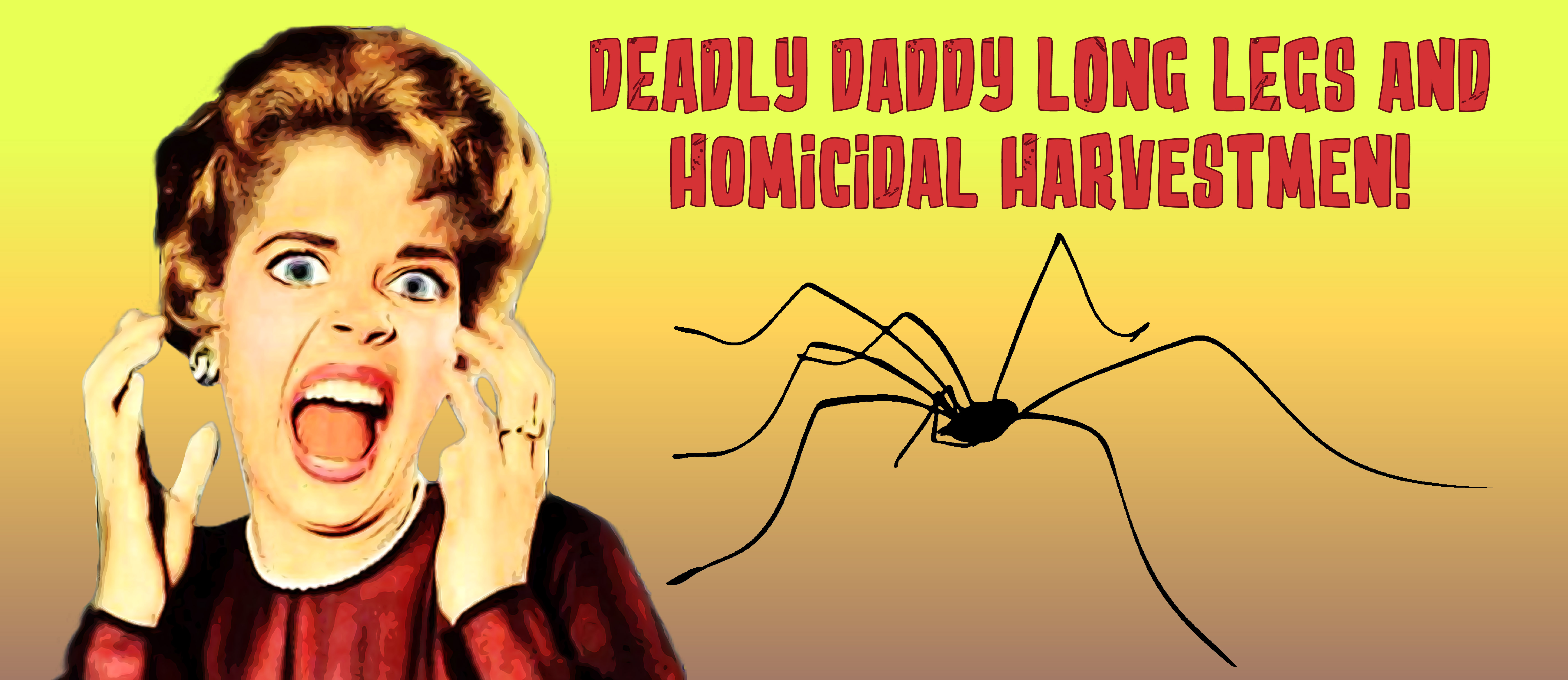
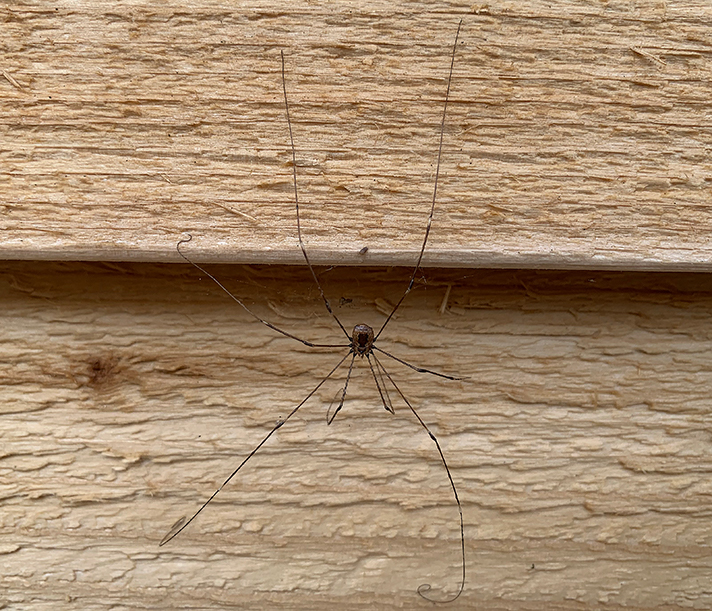

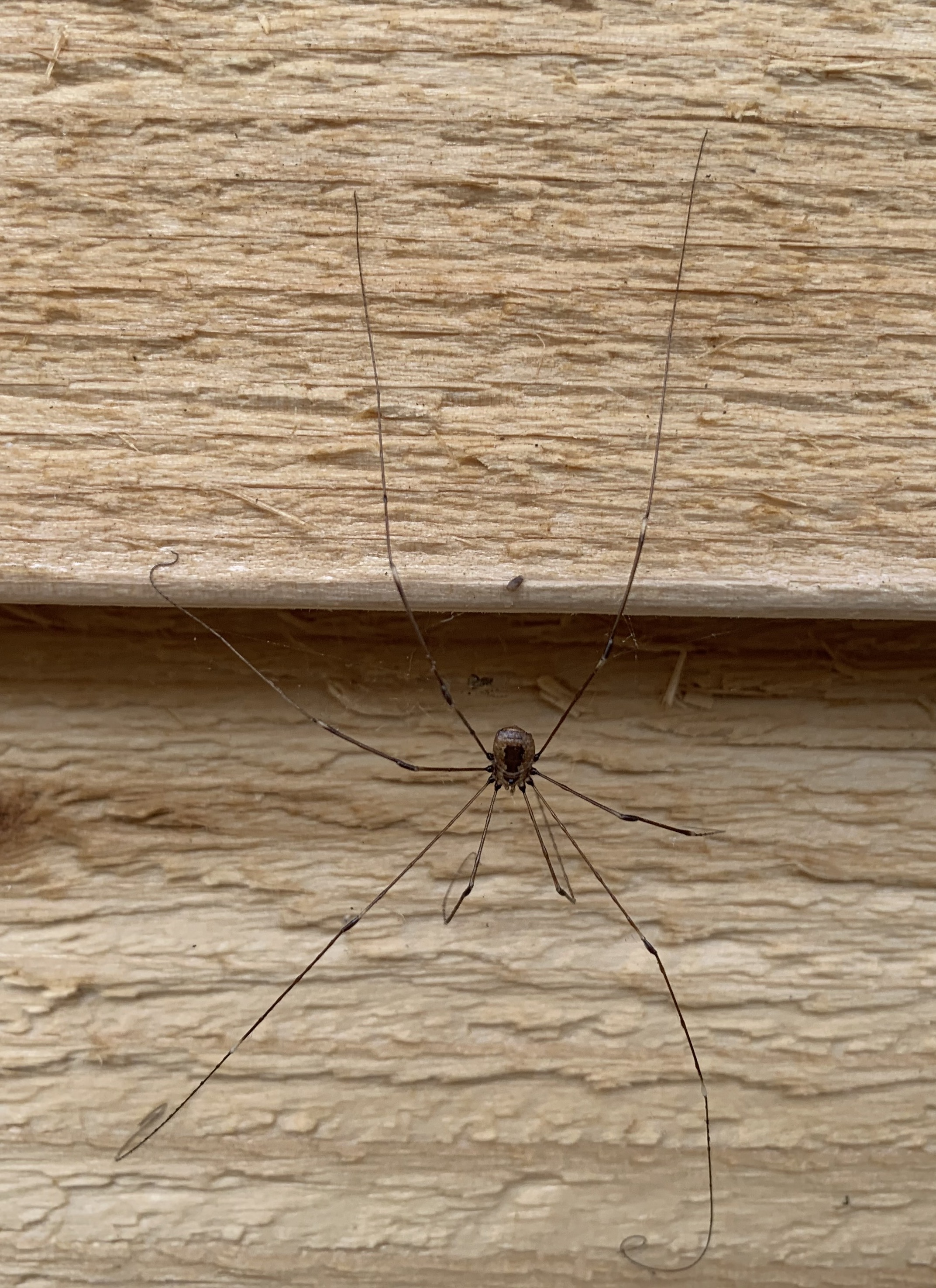

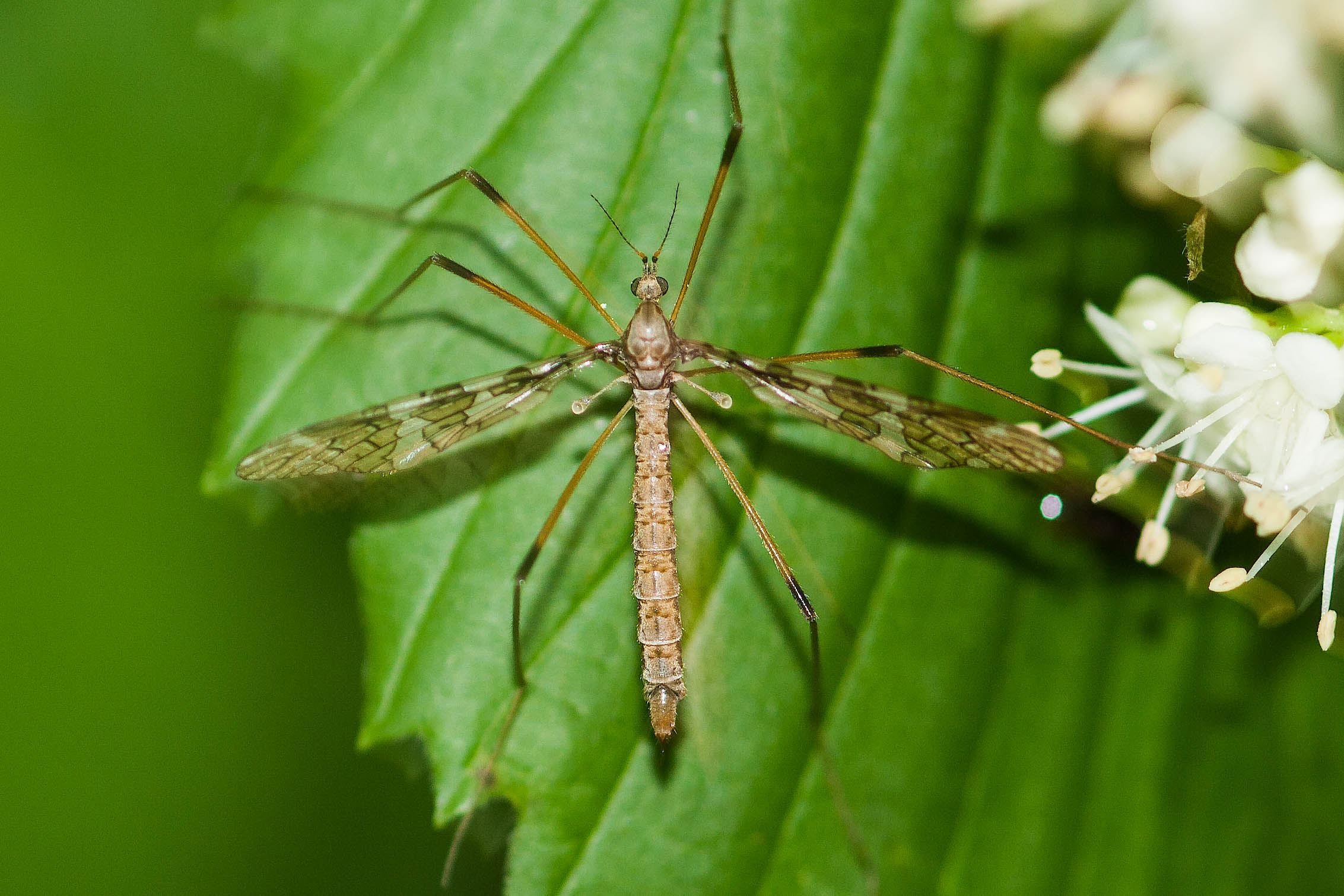



The terms poisonous and venomous are often misunderstood and misused. Both poison and venom are toxic substances, but their difference lies within their method of delivery.
Poisonous organisms must be eaten or absorbed.
Venomous animals have evolved a delivery method in which their toxins are passed into another animal, typically through a bite or sting.
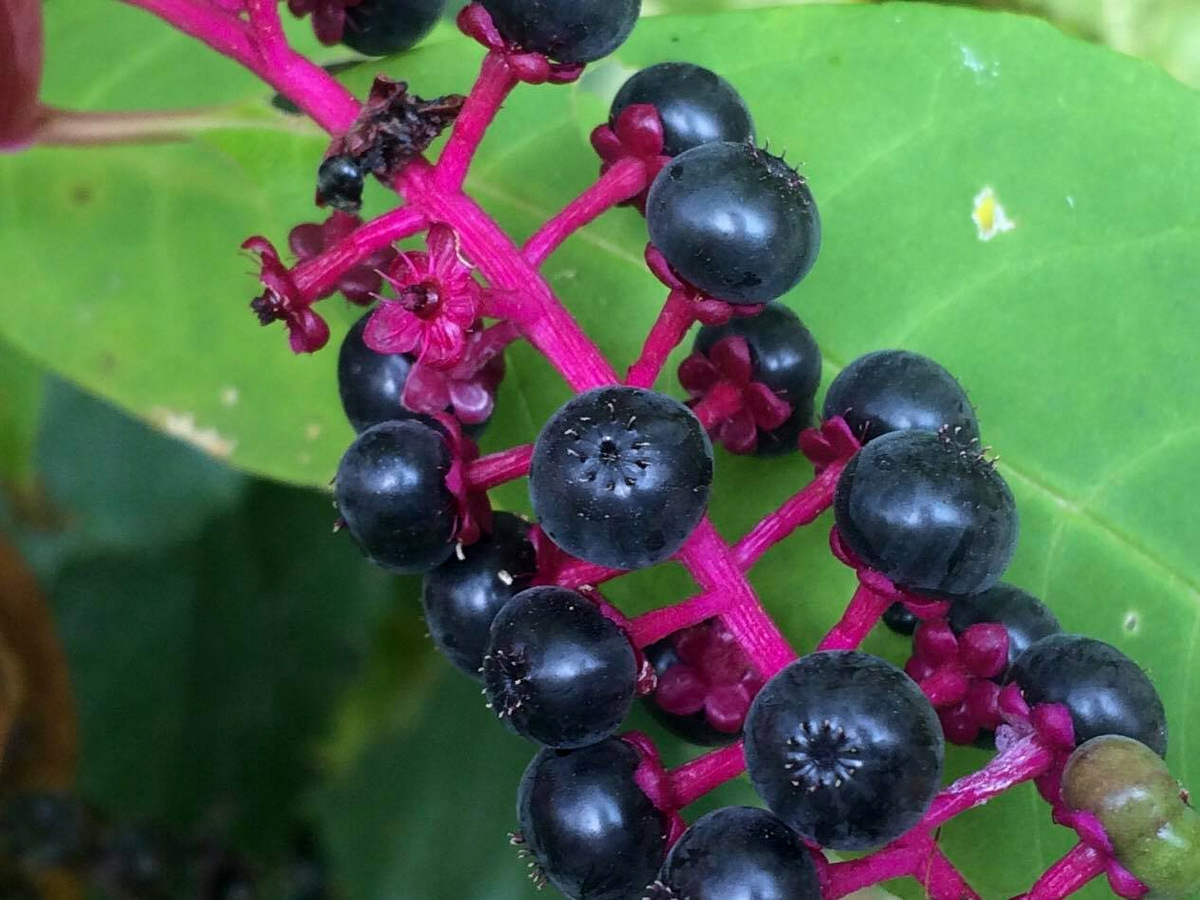
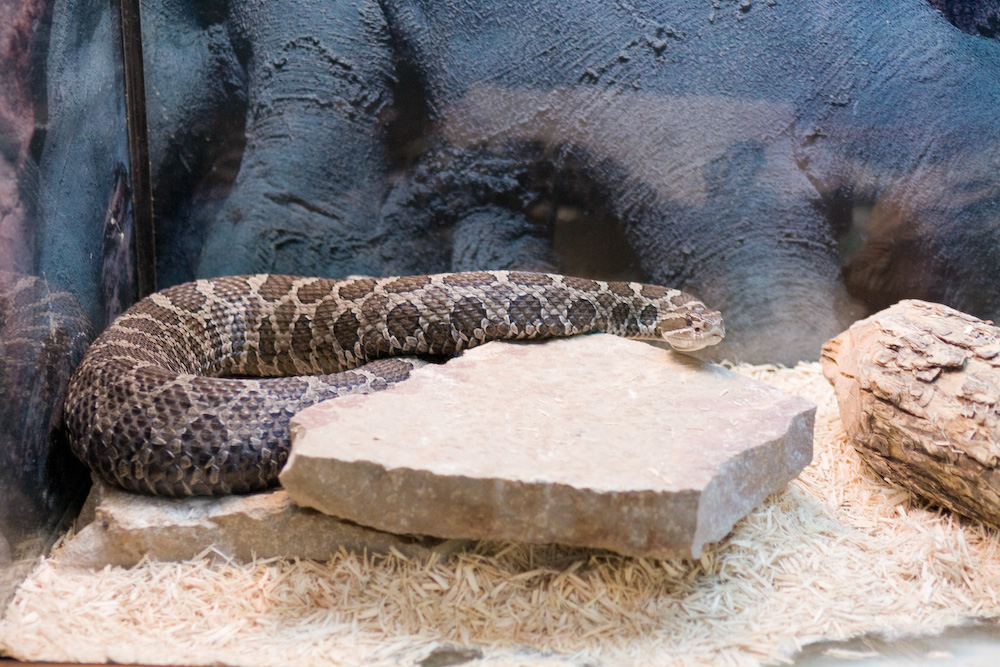
The vernacular name of “daddy long legs” commonly refers to one of two groups of organisms. The first are spiders in the family Pholcidae, which are also known as “cellar spiders.” The second group are arachnids in the order Opiliones, which are also colloquially known as “harvestmen.” The vernacular names vary regionally, but in Indiana, when someone references a “daddy long legs,” “grandaddy long legs,” or “harvestman,” they are usually referring to one of the Opiliones.
Both Opiliones and spiders (which comprise the order Araneae) belong to the class Arachnida. Superficially, Opiliones resemble spiders by having eight legs and two body parts. However, they differ from spiders by having one set of eyes (some have none), compared to spiders, which almost always have four pairs of eyes. All spiders produce venom and have fangs, whereas Opiliones possess neither fangs nor venom. Spiders consume their prey by using digestive enzymes to liquefy it, while Opiliones have chewing mouthparts.
While the lack of venom and fangs renders Opiliones harmless, what about the Pholcidae (cellar spiders)? Like all spiders, they do produce venom, and they do have mouthparts that are capable of piercing human skin. Although no formal toxicity studies exist, neither does evidence of any Pholcid spider biting a human and causing a “detrimental reaction” (UCR [date unknown]).
A third group of organisms, sometimes also called “daddy long legs,“ are the crane flies. Crane flies are members of the insect family Tipulidae, which are true flies from the order Diptera. Crane flies are non-venomous, non-predatory insects. As adults, they eat very little, if at all, and their mouthparts are incapable of piercing skin (Mertz 2020).


This myth appears to have originated in Australia, where European “daddy long legs” (Pholcus phalangioides) have been observed killing and eating the highly venomous redback spider (Latrodectus hasselti). For this reason, some incorrectly assumed that Pholcus phalangoidies must possess even more toxic venom (Gray 2020).
Numerous additional lore and intriguing facts surround harvestmen (Opiliones spp.), including:
The terms poisonous and venomous are often misunderstood and misused. Both poison and venom are toxic substances, but their difference lies within their method of delivery.
Poisonous organisms must be eaten or absorbed.
Venomous animals have evolved a delivery method in which their toxins are passed into another animal, typically through a bit or sting.


Gray, M., 2020. Daddy-Long-Legs Spider. The Australian Museum. Available at:
Hawkinson C. Beneficial insects in the landscape: #46 Harvestmen or Daddylonglegs. Aggie-horticulture.tamu.edu. [accessed 2020 Nov 24]. https://aggie-horticulture.tamu.edu/galveston/beneficials/beneficial-46_harvestmen.htm
Mertz L. 2020. Mosquito Hawk? Skeeter Eater? Giant Mosquito? No, No, and No. Entomology Today. [accessed 2020 Nov 25]. https://entomologytoday.org/2015/08/17/mosquito-hawk-skeeter-eater-giant-mosquito-no-no-and-no/
Newton B. 2006. Harvestmen of Kentucky - University of Kentucky Entomology. Uky.edu. [accessed 2020 Nov 25]. https://www.uky.edu/Ag/CritterFiles/casefile/relatives/daddy/daddy.htm
[UCR]University of California Riverside. UCR Spiders Site: Daddy Long Legs Myth. Web.archive.org. [accessed 2020 Nov 24]. https://web.archive.org/web/20131104173738/http://spiders.ucr.edu/daddylonglegs.html